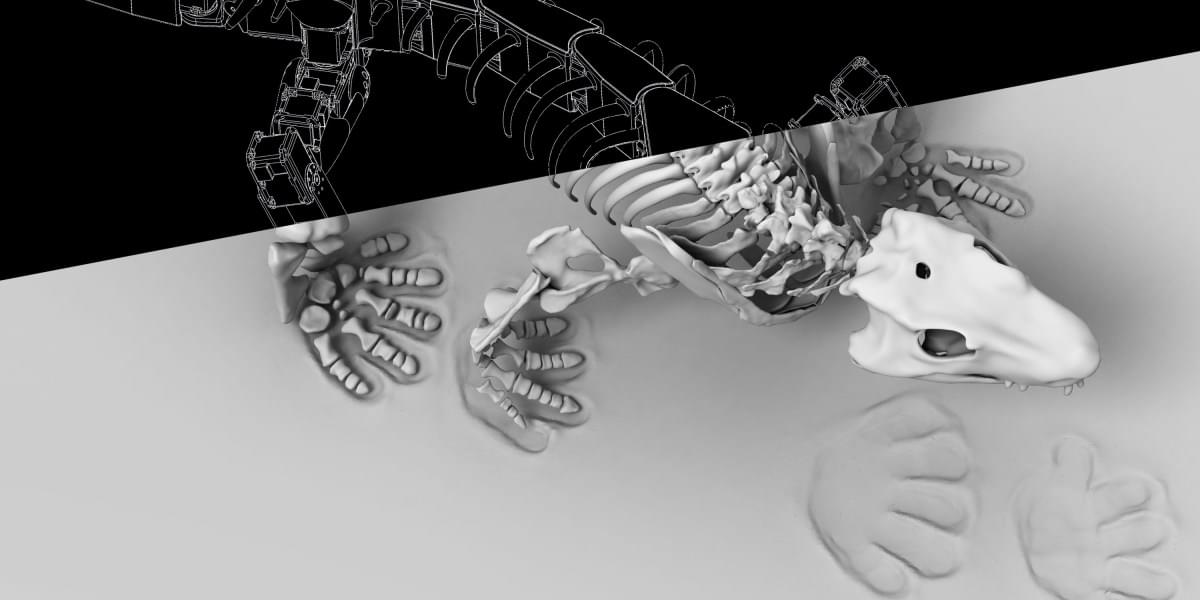How fast can solar systems orbit our Milky Way Galaxy? This is what a recent study published in The Astronomical Journal hopes to address as an international team of researchers confirmed the existence of a star and exoplanet companion orbiting within the Milky Way’s galactic bulge that could be the fastest orbiting exoplanet system ever found. This study has the potential to help scientists better understand the formation and evolution of exoplanetary systems throughout the Milky Way and potentially beyond.
For the study, the researchers analyzed data from a 2011 study published in The Astrophysical Journal comprised of some of the same team that used the microlensing method to identify the existence of two objects orbiting near the Milky Way’s galactic bulge, which is a region containing a high-density number of stars. At the time, those researchers hypothesized the objects were either a gas giant with an exomoon or a fast-moving exoplanetary system. The researchers on this recent study deduced that the objects consisted of a star approximately 20 percent the size of our Sun and an exoplanet approximately 30 times the size of Earth.
But the surprise was finding out the pair’s speed by comparing their 2011 location to its 2021 location, which the team estimated is traveling at approximately 600 kilometers per second (372 miles per second), or approximately 2.1 kilometers per hour (1.3 million miles per hour). At this speed, the objects will leave the Milky Way millions of years from now since it surpasses our galaxy’s escape velocity. For context, our solar system is orbiting our Milky Way at approximately 828,000 kilometers per hour (515,000 miles per hour).









